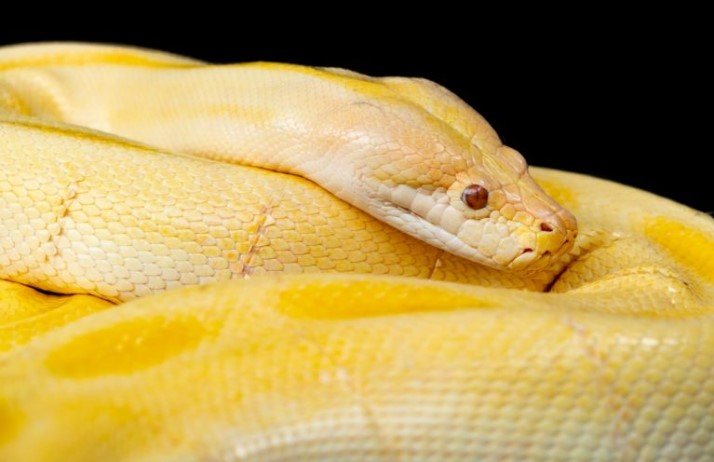The Serpentine Chronicle: Decoding the Lifespan of Snakes
Introduction:
Snakes, with their enigmatic allure, often spark curiosity about the duration of their lives. The lifespan of a snake is a fascinating journey influenced by various factors, from species-specific characteristics to environmental conditions. Let’s embark on a serpent-led exploration, unraveling the intricacies of how long snakes live.
1. Species Variability:
The lifespan of snakes varies widely among species. Some snakes, such as the ball python, can live for several decades, while others, like certain garter snakes, may have a lifespan of around 10 to 15 years. Understanding the specific species is crucial in gauging their potential longevity.
2. Size Matters:
Snake size often correlates with lifespan. Larger snake species tend to have longer lifespans than their smaller counterparts. The iconic boa constrictor, for instance, can live well into its twenties or thirties, showcasing the influence of size on the aging process.
3. Environmental Influences:
The environment in which a snake resides plays a pivotal role in determining its lifespan. Factors such as temperature, habitat quality, and access to suitable prey contribute to the overall health and longevity of a snake. Well-maintained captive environments can sometimes lead to longer lifespans in certain species.
4. Reproductive Impact:
Reproductive activities can impact the lifespan of female snakes. Species that invest considerable energy in reproduction, such as producing large clutches of eggs, may experience a shorter lifespan compared to those with less demanding reproductive strategies.
5. Captive vs. Wild Lifespan:
Snakes in captivity often experience different lifespans than their wild counterparts. Proper care, controlled environments, and consistent access to food contribute to extended lifespans in captive snakes. However, the intricacies of replicating a snake’s natural habitat are essential for their well-being.
6. Longevity Champions:
Certain snake species stand out as longevity champions. The ball python, with its docile nature and adaptability to captivity, can live well over 30 years. Similarly, the elusive green anaconda, known for its massive size, has been reported to live for several decades.
7. Molting and Aging:
The process of molting, or shedding of skin, is integral to a snake’s growth and aging. The frequency of molting can provide insights into a snake’s overall health, with more frequent molting often associated with younger, growing snakes.
Conclusion:
In conclusion, the lifespan of snakes is a multifaceted narrative shaped by species-specific traits, environmental factors, and individual circumstances. Unraveling the mysteries of how long snakes live adds depth to our understanding of these captivating creatures, highlighting their resilience and adaptability in diverse ecosystems.
Learn more about How Snakes Mate.





Leave a Reply